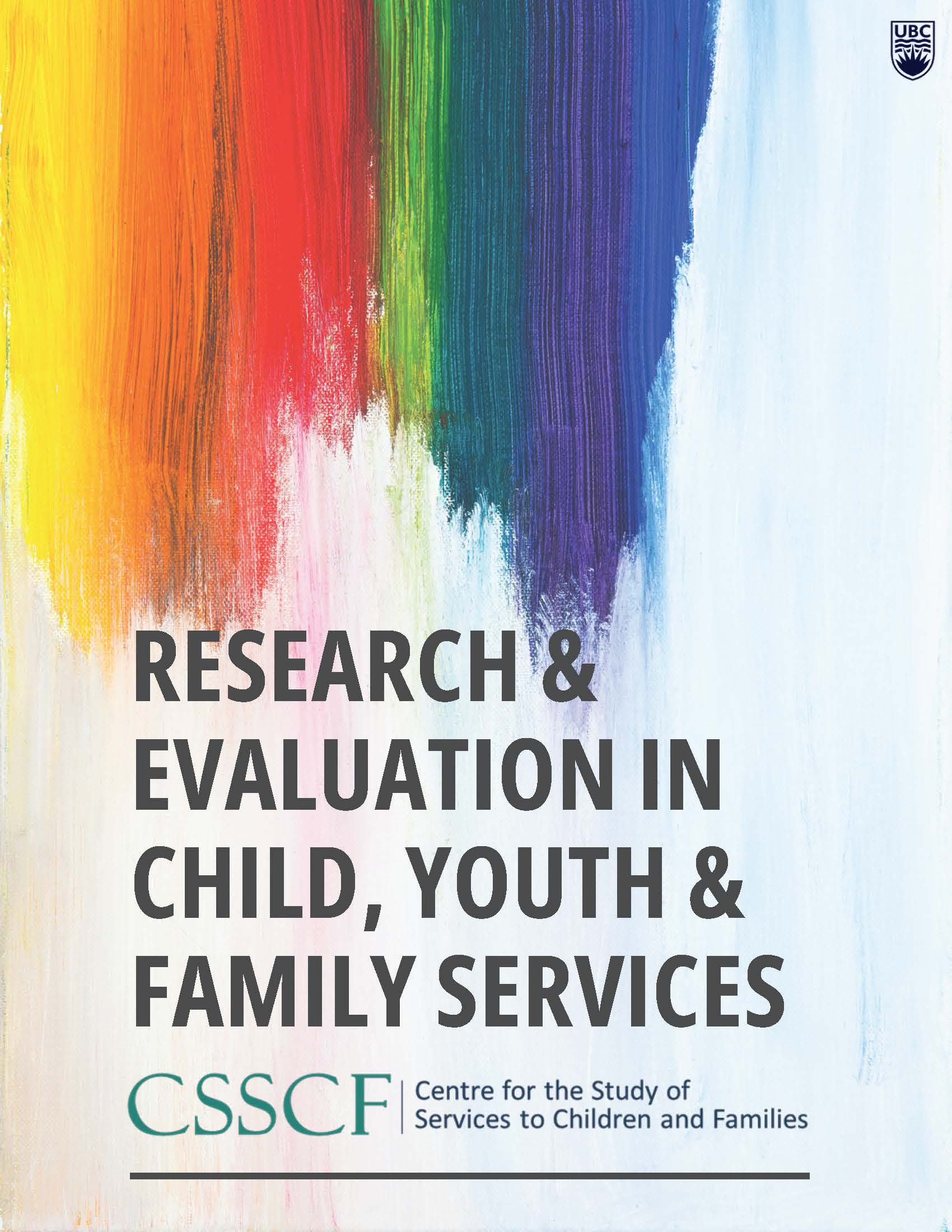How to Determine Whether Fentanyl Exposed Homes are Clean Enough for Children to Reside In and the Implications for Child Welfare Workers
DOI:
https://doi.org/10.14288/recyfs.v1i1.197575Keywords:
Fentanyl, child safety, child welfare workers, assessment, remediation of homesAbstract
The purpose of this research project is to aid child welfare workers in determining whether a home where fentanyl has been located would be environmentally safe for a child to reside in. The project’s focus included liaising collaboratively with community organizations and professionals such as first responders, health care workers or waste management companies. The research findings will help child welfare workers increase the wellbeing and safety of children and families and provide education to the public around the safety procedures and dangers of fentanyl.
The method of data collection used was purposive and non-probability sampling when recruiting participants. A specific population was targeted to participate in the study such as MCFD employees and/or professionals who have a working relationship with MCFD. Snowball sampling was also utilized to allow for the recruited participants to inform other eligible individuals to participate in the research project. There was an inclusion criteria for this research project to ensure relevant participants and data were received. Participants were recruited using a recruitment poster and information letters sent by MCFD through the internal MCFD email to eligible participants. Data was collected both quantitatively and qualitatively through in depth interviews and anonymous online surveys. Both the interviews and surveys had separate inclusion criteria.
For data collection there were eighteen surveys and four in-depth semi-structured interviews completed. The results revealed a lack of training/knowledge on fentanyl among MCFD staff, roles were unclear with respect to assessing the safety of fentanyl exposed homes, and there was a need for further collaboration and teamwork in the remediation of homes used as clandestine fentanyl laboratories where children were also residing or returning to. The results also showed that there is no designated team for the remediation of fentanyl exposed homes or guidelines for home assessments.
The limitations of this research project were the lack of prior research regarding the remediation of clandestine fentanyl laboratories or any research regarding the child welfare implications of fentanyl exposes homes. The time frame in which the research was conducted was limited and therefore did not allow for broader recruitment opportunities. As recruitment for the research was MCFD-led, this further limited the ability of the researchers to connect and communication with non-MCFD partners for their relevant input and information.
Some of the research findings suggested that other community agencies had already developed procedures and policies around the assessment and remediation of clandestine fentanyl laboratories which MCFD could utilize in order to inform their own specific policy development. The research findings also demonstrated the lack of a uniform, multi-agency approach to addressing the remediation of residences where fentanyl (or a clandestine lab) had been located or cross-agency policy identifying roles and responsibilities of each partner agency. The findings further showed a lack of education of MCFD staff on fentanyl, the risks to children, families and staff as well on how to manage and mitigate these risks effectively. It is recommended that further knowledge, training and education be developed and implemented by MCFD province-wide in order to ensure consistency across practice and the safety of child welfare staff and the children and families that they work with.
Downloads
Published
Issue
Section
License
Copyright (c) 2023 Research and Evaluation in Child, Youth and Family Services

This work is licensed under a Creative Commons Attribution-NonCommercial 4.0 International License.
This work is licensed under a Creative Commons Attribution-NonCommercial 4.0 Inrernational License. Copyright for articles published in this journal is retained by the authors, with first publication rights granted to the journal. By virtue of their appearance in this open access journal, articles are free to use, with propoer attribution, in edicational and other non-commercial settings.


